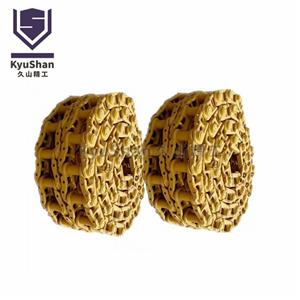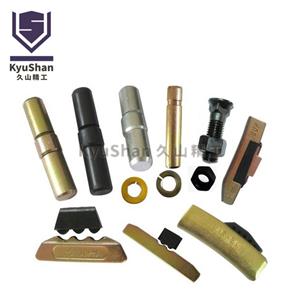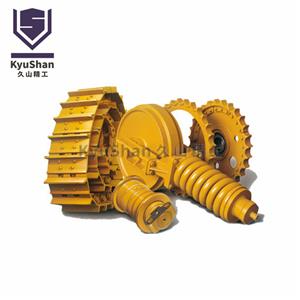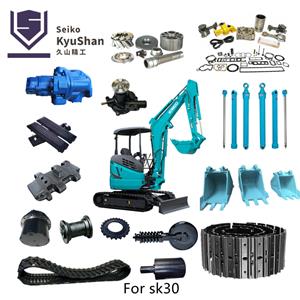What Is The Reason For The Excavator To Repair The Choke Machine?
When excavating, we first need to judge whether the holding truck failure of the excavator is caused by the mismatch between the pump power and the engine power, or the holding truck failure caused by insufficient engine power. Maintenance of excavators The first hydraulic excavator was successfully invented by the Poclain factory in France. Due to the application of hydraulic technology, there were ground-mounted excavators equipped with hydraulic backhoes on tractors in the 1940s. The three most important parameters for excavator maintenance: operating weight (mass), engine power and bucket capacity. Common excavator structures for repairing excavators include power units, working devices, slewing mechanisms, operating mechanisms, transmission mechanisms, walking mechanisms and auxiliary facilities.
The performance of the choke failure caused by the excavator pump is: when the excavator starts, the flame is turned off or the flame is moved several times.
Solution: Start the engine, and then quickly adjust the engine speed to the maximum, and the outlet pressure of the main pump is very small at this time, so this problem is definitely not a problem of the pump. Then you have to check the engine. If it is the cause of the pump, the pressure of the pump is generally greater than the opening adjustment pressure, and the displacement is not reduced, so that the engine will stall.
If the excavator hydraulic pump is powered by the Daewoo excavator engine, the excavator engine will emit black smoke, or even the excavator will turn off. Use a pressure gauge to check whether the pump power matches the engine power. According to the working environment of the excavator, it can be determined whether the pump or the engine caused the excavator to stall.
Pressure Control Valve: Relief valve. Common excavator structures for repairing excavators include power units, working devices, slewing mechanisms, operating mechanisms, transmission mechanisms, walking mechanisms and auxiliary facilities. The three most important parameters for excavator maintenance: operating weight (mass), engine power and bucket capacity. Maintenance of excavators The first hydraulic excavator was successfully invented by the Poclain factory in France. Due to the application of hydraulic technology, there were ground-mounted excavators equipped with hydraulic backhoes on tractors in the 1940s.
The function of the relief valve is to adjust the pressure in the circuit so that it does not rise too much and maintain a certain pressure for the maintenance of the excavator. Even if the hydraulic cylinder extends to the end of its stroke, as long as the pump does not stop working, the oil will continue to be delivered and the hydraulic cylinder will break quickly. In order to prevent this phenomenon, when the pressure oil flowing in the hydraulic cylinder reaches a certain pressure (set pressure), it must be bypassed and escape to the other direction (working oil tank). In this way, the overflow valve acts as an escape route. However, if the escape channel is opened like this, the pressure in the cylinder will continue to drop, so it will not be able to support the load.




